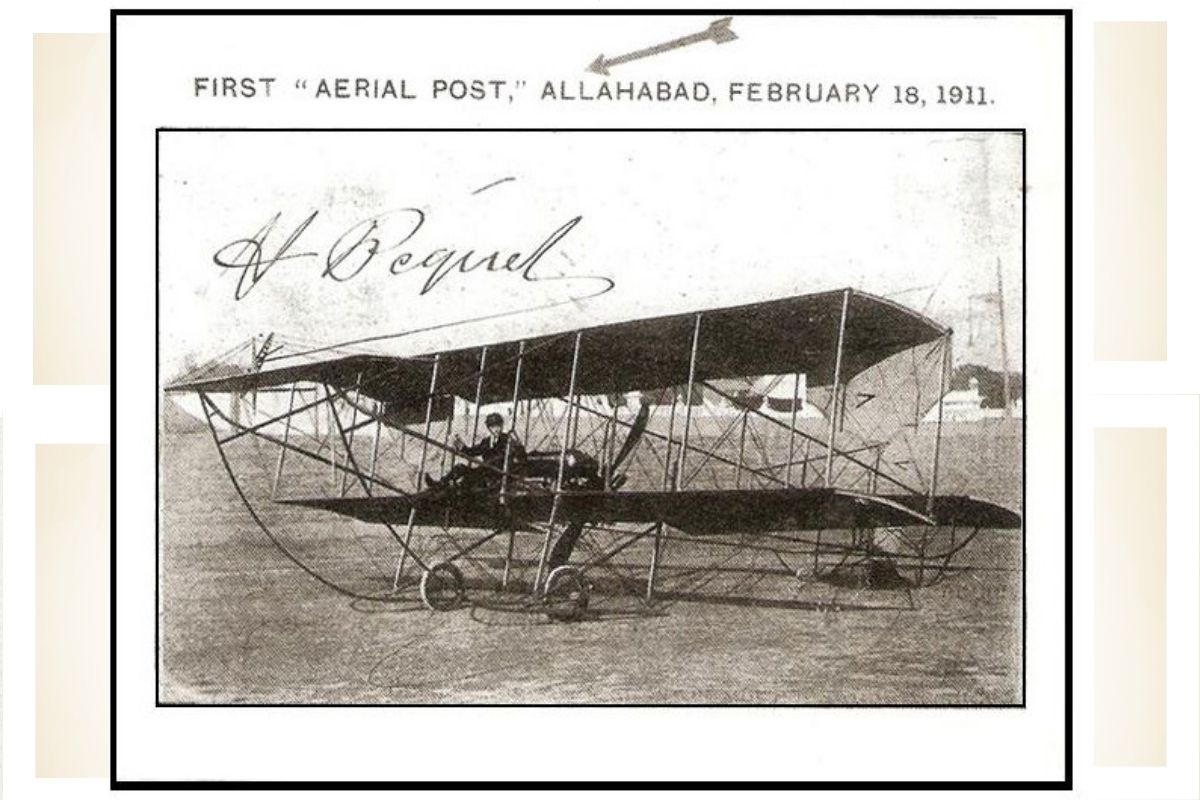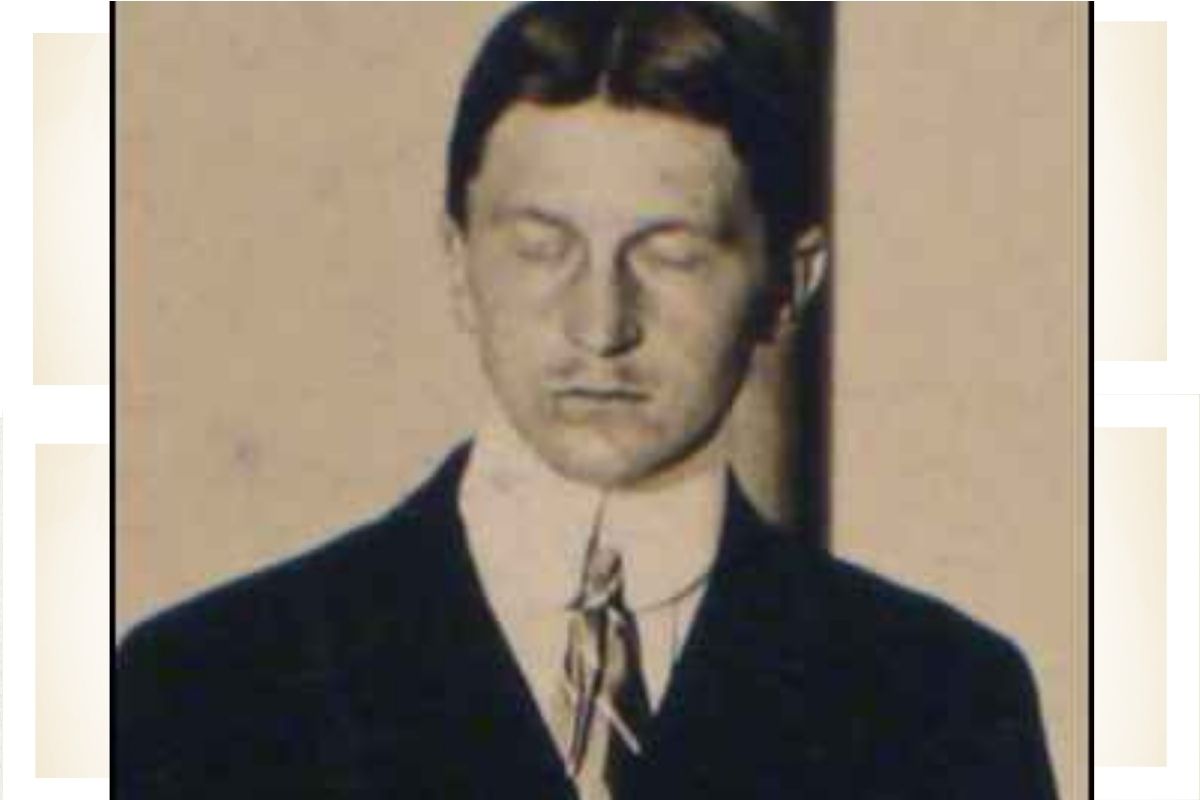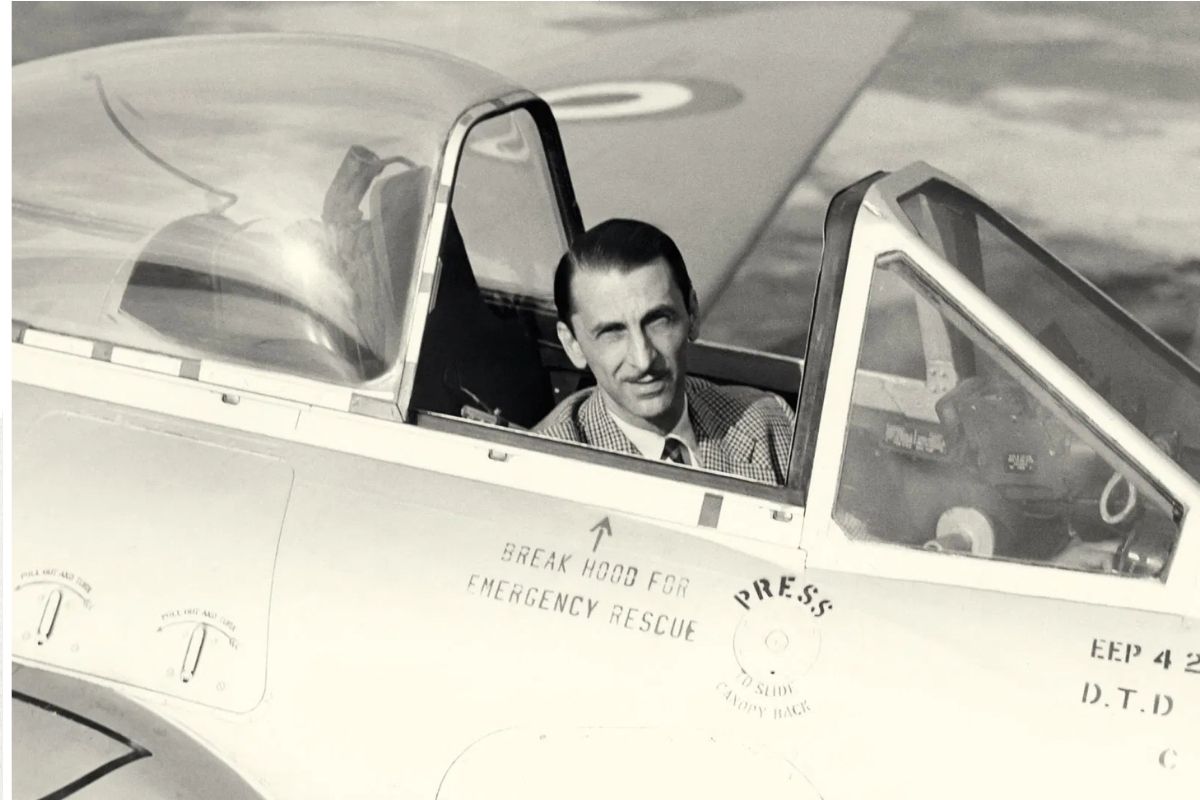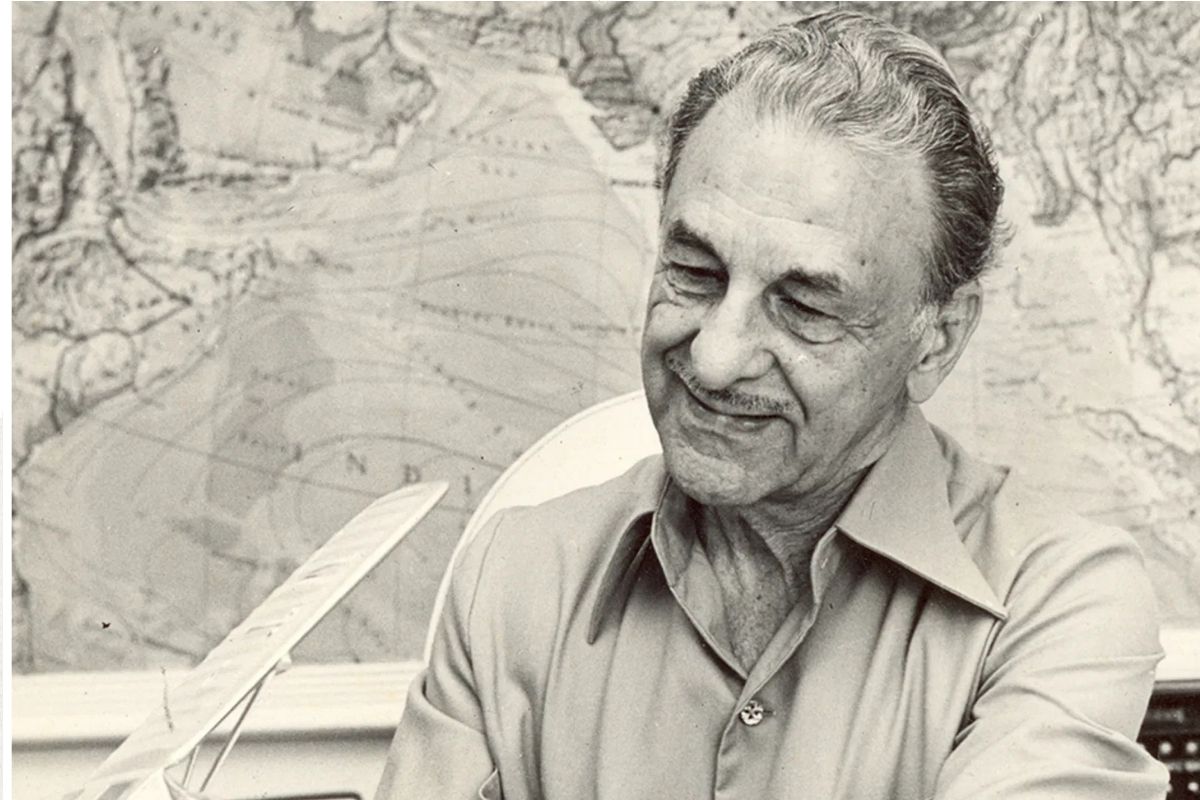The story of India’s first flight is not just history—it’s a forgotten adventure that gave birth to Indian aviation, defying the skies in an era of dreams, daring, and a makeshift runway in Allahabad. It was a cool February evening in 1911, and the holy city of Allahabad was thrilled by the spirit of the Kumbh Mela. At the ghats, pilgrims were crowded, and the air was full of incense and the murmur of devotion.
There was, however, something special that was going to happen, something that would literally make India fly in the skies, and that was taking place even as the timeless rituals took place. Here was the French pilot, Henri Pequet, only 23 years old, standing by his Humber-Sommer biplane, and the eyes of his crowd were turned upon him with half an awe, half a skepticism.
Not only was he holding the controls of an unsteady flying machine, but he was also carrying the hopes of the world that was going to experience its first official airmail flight. The sun went down, and Pequet rumbled into the air in his biplane, 6,500 letters and postcards—letters of love, longing, and faith—being loaded into it. In just thirteen minutes, history was written in the clouds, and India’s aviation story took its very first breath.
People remember the pilot and the aircraft but not the tapestry of voices that people have never heard of and yet made this flight possible. It was Walter Windham, a British aviation enthusiast and Royal Indian Navy Captain, who dreamt up the idea of helping raise funds for a new youth hostel at the Holy Trinity Church. Rev. W.E.S. Holland, the church chaplain, had appealed for help, and Windham, always ready for adventure, saw in aviation a way to unite charity and wonder.
Postal authorities, anxious yet not unsafe, concurred with the plan—on the proposal, however, that there would be a special surcharge on each letter in the form of a donation. Local artists made a special magenta-colored postmark depicting a biplane flying over mountains with the accompanying text of First Aerial Post 1911, U.P. Exhibition Allahabad. Every letter was a living reflection of history, an example of a dream and a will of individuals who managed to believe in something unimaginable.
The Flight: It is Not the Journey Only
When Pequet pushed his biplane off the field where the polo was being played, his audience was breathless. Open to the weather and beset with frailty was this aircraft, which was shaking in the wind, the engine coughing and roaring in protest. Five miles is a little that people travel today, but back in 1911, it was a jump through centuries. The aircraft flew across the Yamuna, and the waters to the bottom carried the gold of the evening sky. Within thirteen minutes, Pequet hovered down to Naini Jail with a tiny, shocked audience in hand.
Messengers He carried letters as far away as England addressed to royalty as well as commoners. Among the addressees himself was King George V, a young Jawaharlal Nehru who was studying in England at that time. The world noted that West London and Pittsburgh newspapers celebrated the event, and then the postmark, with the commemorative message, made a collector’s prize. This flight meant more to India than just a flight because it was the assurance that even the skies belonged to its population.
The Kumbh Mela Connection: Faith Meets Flight
It was not a coincidence that the flight took place at a specific time. The 1911 Kumbh Mela attracted lakhs of believers to Allahabad and transformed the place into a fusion of cultures, languages, and dreams. The airmail event was neatly integrated with the stuff of the festival, the symbolism deep.

In the same way that pilgrims were aiming at spiritual uplift, the flight was a physical one of dreams of technology, of the position of India in the world of Modernity. It was not a group of people observing a machine taking off but a group of people who were witnessing the birth of a new era. The letters were a source not only of words but of prayer and hope of a nation recently on the threshold of change anointed by the spirit of the Mela.
Henri Pequet: The Forgotten Hero
Henri Pequet’s name is rarely spoken in the same breath as other aviation pioneers, but his role in India’s aviation saga is nothing short of heroic. Pequet was a young Frenchman who came to India to take demonstration flights at the United Provinces Exhibition. He was neither a celebrity nor a man with a lot of means, but in those thirteen minutes, he became a legend.

Pequet afterward recollected how the throbbing of the crowd, the chance of the flight, and the pressure of the accomplishment came like a plunge in the rapid flight of his hand to Naini. It was only one of the chapters, to Pequet, of a life of adventure, but to India, he was the first to demonstrate that the sky was not a limit but a starting point.
Letters That Changed Everything
The 6,500 pieces of mail that went on that flight were stories in themselves. Others went to family and friends at a distance, some to total strangers, some to royalty and to-be leaders. The special postmark with an image of a biplane flying over the mountains turned into a symbol of hope and progress. Numerous of these letters are still extant, a dear possession at once to collectors and museums.
They are timely reminiscent of the fact that in the old days, all it took to connect continents was a basic message, and it took sending a letter to be an act of hope for the future. The flight was not only an inspiration to philatelists but also to generations of Indians who dreamt a little bigger, aspired to reach higher, and believed that there is power in innovation.
Aviation Takes Root: The Legacy of 1911
The Allahabad-Naini airmail flight was not just a once-a-show. It planted the seeds for a revolution in Indian aviation. The word about the flight was taken across the globe, and other nations were encouraged to dabble with airmail. The United Kingdom followed shortly later, in September 1911, with its own scheduled airmail service, which owed its inception directly to the Indian experiment. The memory of this flight lived in India and impressed the minds of young dreamers and people in business. Aviation would remain two decades away when J.R.D. Tata would rise to the heavens on the first Indian commercial flight, but Pequet and the biplane had already made the inauguration.

Climbing Up to the Top in Zero to Heroic Portrayals
It is an epic of tenacity, imagination, and doggedness in the quest for modernization that led to the present-day busy airports of India. In 1932, J.R.D. Tata, who had been inspired by the pioneers who had preceded him, flew the initial commercial flight into Karachi to Bombay carrying mail, cargo, and the dreams of a nation. Tata’s vision transformed Indian aviation, leading to the birth of Air India and a new era of connectivity. The Allahabad-Naini flight still has its memory to remind us that all milestones start with a single brave step into the unknown.

The Untold Impact: Life Transforming, Dreams Uniting
To the people of Allahabad, it was a greater event than simply a sight: it was a thrill of pride and awesomeness. Those who saw the biplane fly over the Yamuna were children, and they dreamed of flying. The local artisans who created the postmark got their work acclaimed even across continents. The money collected to build the hostel of the Holy Trinity Church provided generations of young generations with shelter and hope. The airmail flight was the start. It was an awakening, a passion for innovation that would spread across Indian society decades later.
Epilogue: The sky is not the limit
With jets carving the skies of India and satellites flashing messages around the world in a few seconds now, one could not imagine the shaky courage of that first flight. But we may safely say that when we get a plane off an Indian runway, the spirit of Henri Pequet, Walter Windham, and all the nameless pioneers whose faith said that India might fly and that India would fly is going with it. It is a story not only of machines and milestones, not only of the letters that brought magic to the world, but of a nation that discovered its wings where the last person in the world expected to find them.
Also Read: Pad Squad: Spreading Menstrual Dignity Across India’s Communities
You can connect with DNN24 on Facebook, Twitter, and Instagram and subscribe to our YouTube channel.

